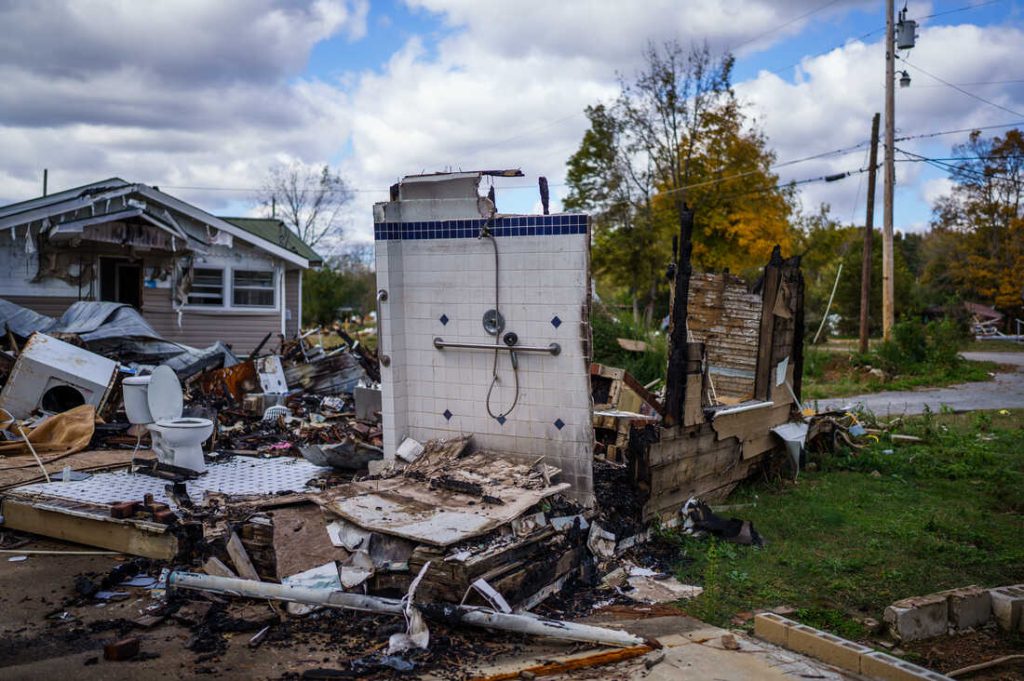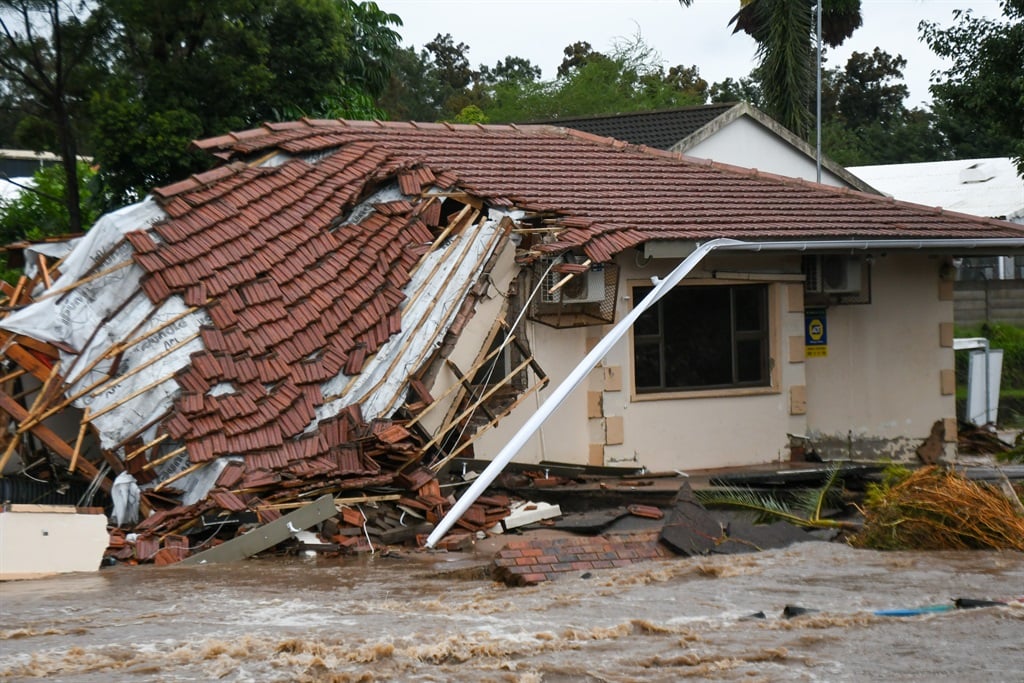
Best Tips For Recovering From Fire Damage At Home
Experiencing a fire in your home can be devastating, leaving behind both physical damage and emotional trauma. The road to recovery may seem daunting, but with proper guidance and steps, you can make the process manageable and effective. In this blog post, we will provide comprehensive tips on how to navigate the aftermath of fire damage in your home, ensuring safety and restoring normalcy in a systematic and timely manner.
Restoring your home after fire damage involves assessing the damage, securing the structure, and cleaning up debris, among other steps. To help ease this process, we’ve compiled essential tips that span from immediate responses post-fire to longer-term renovation strategies. By carefully following these guidelines, you can protect your property and well-being while mitigating further risks.
Immediate Safety Assessment
The first step to take following a fire is assessing the safety of your home environment. It’s crucial to determine if the structural integrity of the building is compromised. Reach out to professionals for an inspection before re-entering your home. In some cases, utilities might also need to be shut off to prevent further accidents or damage. Please refer to guidance from reputable sources such as this website which offers insights on whom to contact for disaster-related inspections and services.
Even after being declared safe, it’s important to wear protective clothing when entering your property — including masks, gloves, and sturdy shoes. This reduces exposure to potentially toxic substances like soot or contaminated water which might have health implications.

Documentation for Insurance Claims
Once safety is ensured, documenting the damage comes next. This step is critical for dealing with insurance claims effectively. Take extensive photos and videos of all affected areas, keeping detailed notes on the damages. Ensure that everything remains untouched until the documentation is complete or unless necessary debris removal is required for safety reasons.
This information will also help when working with restoration professionals by providing them an immediate understanding of the scope of damage. It’s beneficial to contact your insurance company early on to initiate the claims process and receive guidance on coverage specifics for fire-related damages.
Removing Water and Starting Cleanup
The cleanup process generally starts with water removal if water has been used to extinguish the fire. Standing water can lead to mold growth rapidly if not addressed quickly. Utilize pumps or industrial vacuums to remove excess water, then bring in dehumidifiers and fans to dry out any damp areas thoroughly.
After water removal, it’s time for soot and smoke residue cleanup; these are harmful if left untreated and can cause persistent odors. For optimal results, hire professionals skilled in fire restoration services who have specialized tools and techniques for effectively removing these residues from walls, floors, and fixtures.
Restoring Utilities and Structural Repairs
Prioritize restoring utilities with professional help — electrical systems, plumbing, heating, and gas services need thorough checking and likely repairs or adjustments after a fire incident. It’s critical not to attempt DIY fixes as these systems pose significant hazard risks if not handled properly.
Simultaneously, begin making structural repairs starting from supportive elements damaged by the fire such as roofing or load-bearing walls. Professional construction companies skilled in post-disaster scenarios will ensure these repairs meet building codes and are performed safely.
Emotional Recovery and Support
Rounding up our guide is consideration for emotional recovery; something homeowners should not overlook. Experiencing a house fire can be traumatic — take time for yourself and your family members by seeking psychological support if needed. Join support groups or consult professional counselors experienced in dealing with post-trauma situations.
Involving family members in recovery plans where possible helps keep everyone informed and provides mutual support during rebuilding phases which can also foster better coping through collective effort.
To sum up, recovering from house fire damage requires a well-rounded approach that addresses immediate safety concerns, proper documentation for insurance processes, thorough cleanup actions, essential repairs, and emotional support systems. By approaching each step methodically as outlined here, you can regain control over your domestic environment more smoothly and assure safety remains paramount throughout your recovery phase.
Your journey towards restoration might seem long; however, with persistence, professional help, and guided efforts—your house will soon feel like home again.
